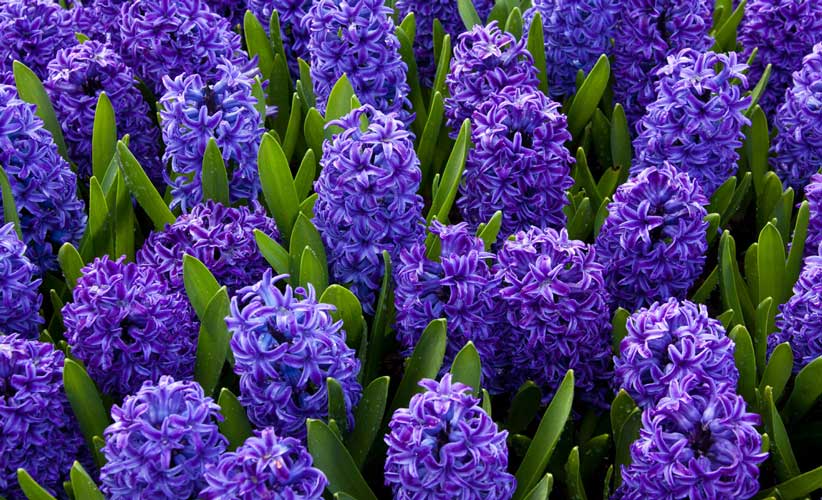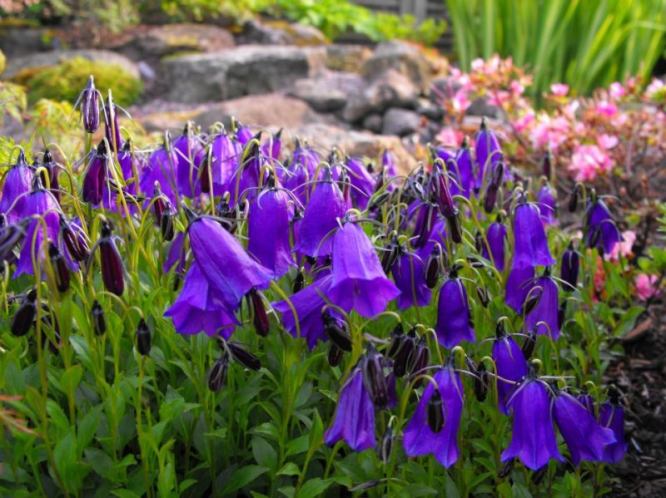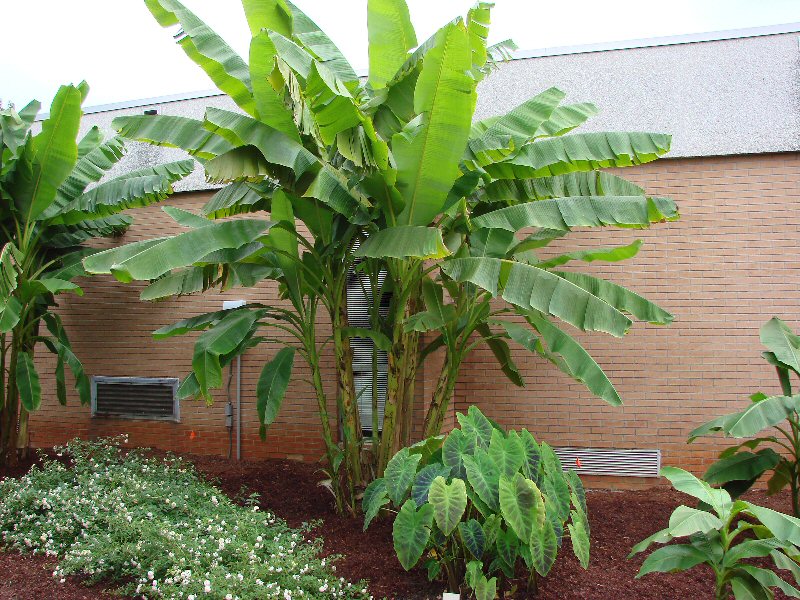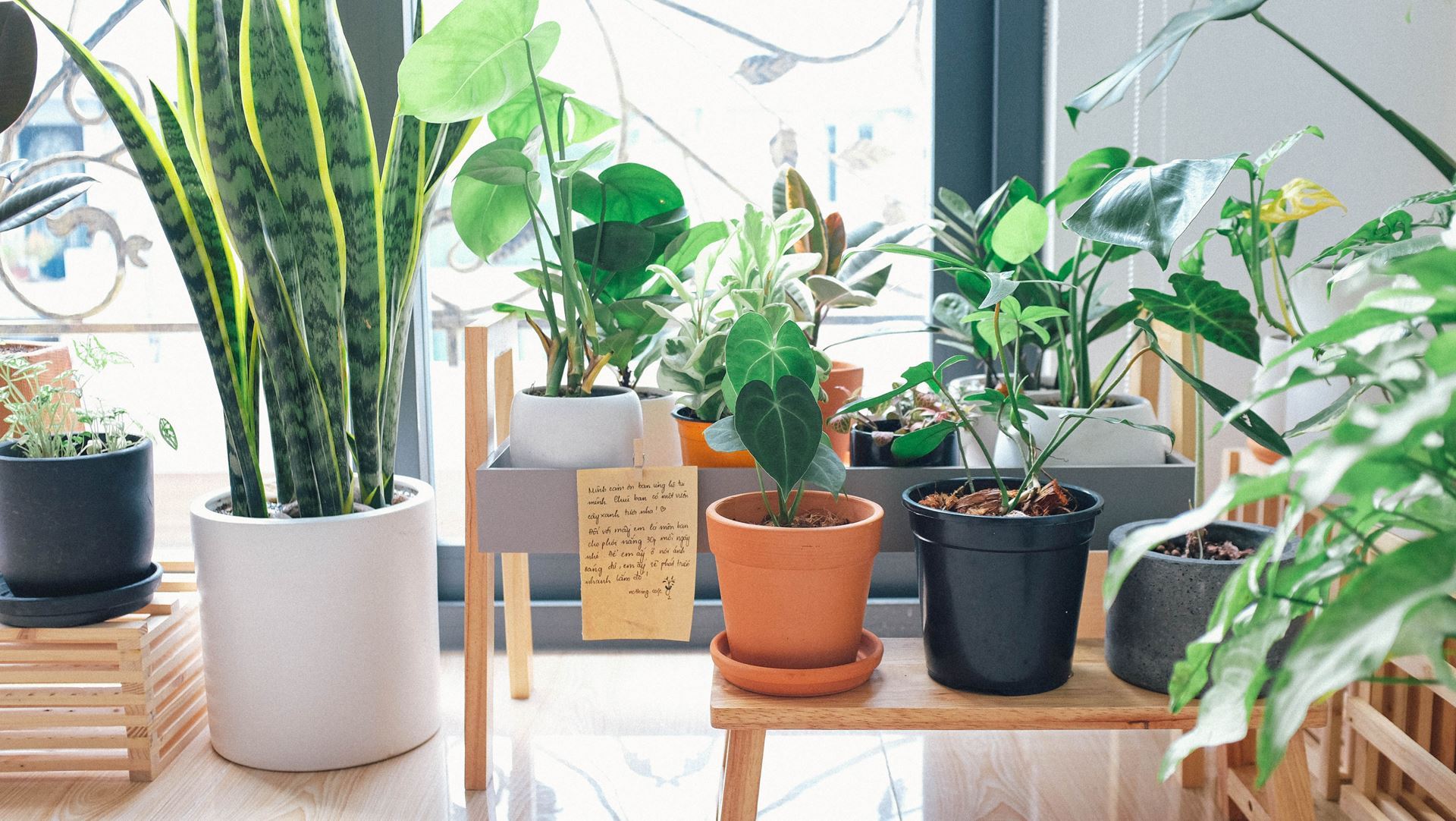Benefits of Using Tropical Plants in Your Garden
/tropicalflowers-5873bae63df78c17b6d8bee6.jpg)
Source www.thespruce.com
Using tropical plants in your garden can bring numerous benefits, creating a lush and beautiful outdoor space. These vibrant plants are known for their stunning colors, unique shapes, and exotic appeal. Whether you live in a tropical climate or simply want to add a touch of the tropics to your garden, incorporating tropical plants can transform your space into a tropical paradise.
One of the major advantages of using tropical plants in your garden is their ability to create a visually stunning display. With their large, vibrant foliage and unique designs, these plants are inherently eye-catching. The diverse range of colors and textures available can help you curate a garden that stands out and becomes a focal point of your outdoor area.
In addition to their visual appeal, tropical plants also offer a sense of tranquility and relaxation. The lush green foliage and tropical flowers can create a calming and peaceful atmosphere in your garden. This can be especially beneficial if you use your garden as a space for relaxation, meditation, or socializing with friends and family.
Tropical plants are also known for their ability to attract wildlife. The bright and colorful flowers attract bees, butterflies, and other pollinators, making your garden a hub of activity and contributing to the overall biodiversity of your area. Additionally, many tropical plants provide a source of food and shelter for a variety of bird species, bringing even more life and joy to your garden.
Furthermore, tropical plants are often low-maintenance and resilient, making them perfect for gardeners of all skill levels. Many tropical plants are adapted to withstand harsh weather conditions, such as intense heat, strong winds, and heavy rainfall. This means you can enjoy a stunning and lush garden with minimal effort and maintenance.
Another advantage of using tropical plants is their ability to thrive in both indoor and outdoor settings. If you live in a region with a colder climate, you can still incorporate tropical plants into your garden by growing them in containers and bringing them indoors during the colder months. This allows you to enjoy the beauty and tropical ambiance year-round, regardless of the weather outside.
In conclusion, incorporating tropical plants into your garden brings a variety of benefits. From their stunning visual appeal and ability to attract wildlife to their low-maintenance nature and ability to thrive in different environments, tropical plants are a fantastic addition to any garden. Whether you’re seeking a tropical getaway in your own backyard or simply want to add a touch of vibrant color, these plants are sure to elevate your outdoor space to a stunning and colorful sanctuary.
Selecting the Right Tropical Plants for Your Garden

Source www.handyman.net.au
When it comes to creating a stunning and colorful garden, choosing the right tropical plants is essential. These plants not only add a touch of exotic beauty to your outdoor space but also bring in vibrant colors and textures. However, selecting the right tropical plants for your garden requires careful consideration of your local climate and the specific needs of each plant. Here are some tips to help you make the best choices and create your own tropical paradise.
Creating a Colorful Palette with Tropical Plants

Source www.pinterest.com
Combining different tropical plant species with varying colors and heights can help you create a vibrant and harmonious garden palette that will be visually stunning.
Creating a colorful garden is not just about planting flowers; it’s about using a combination of plants with different colors, textures, and heights. Tropical plants are known for their bold and vibrant colors, making them perfect for creating a stunning and colorful garden. With their unique shapes and sizes, tropical plants can add a touch of exotic beauty to any outdoor space.
Tropical Plant Selection

Source www.pinterest.com
When selecting tropical plants for your garden, consider choosing a variety of species that have different bloom times, foliage colors, and growth habits. This will ensure that your garden remains colorful and vibrant throughout the year. Some popular tropical plants to consider are:
Hibiscus: With its large, showy flowers in a range of colors including red, pink, orange, and yellow, hibiscus adds a tropical flair to any garden. They are versatile plants that can be grown in pots or directly in the ground.
Bird of Paradise: Known for its unique and striking orange and blue flowers, bird of paradise plants are perfect for adding a touch of tropical elegance to your garden. These plants require full sun and well-drained soil to thrive.
Bougainvillea: Bougainvillea is a popular tropical plant that produces colorful bracts in shades of pink, purple, orange, and red. They can be trained to climb walls, trellises, or grown as shrubs or small trees.
Heliconias: With their exotic and vibrant flowers, heliconias are a must-have for any tropical garden. Available in various colors including yellow, orange, and red, these plants can add a dramatic effect to your outdoor space.
Creating a Color Scheme

Source www.gardeningknowhow.com
One of the keys to creating a stunning and colorful garden with tropical plants is to carefully choose a color scheme. By using a variety of plants with complementary colors, you can create a harmonious and visually appealing palette.
Consider using colors that are commonly associated with tropical environments, such as vibrant yellows, oranges, pinks, and purples. These colors will create an eye-catching and tropical atmosphere in your garden. However, don’t be afraid to experiment with different color combinations to create a unique and personalized look.
You can also incorporate plants with variegated or multi-colored foliage to add visual interest to your garden. For example, plants like crotons, calatheas, and variegated ginger have leaves with stunning patterns and colors that can complement the vibrant blooms of other tropical plants.
Layering and Arrangement

Source notesread.com
In order to fully showcase the beauty of your tropical plants, it’s important to consider the arrangement and layering of plants in your garden. This will create depth and visual interest, making your garden appear more lush and vibrant.
Start by planting taller and larger plants at the back of the garden, gradually transitioning to smaller or more compact plants towards the front. This will create a natural progression of height and allow each plant to be seen and appreciated.
Additionally, consider grouping plants with similar colors together to create a bold statement. For example, you can create a dedicated area for red blooms or a separate section for plants with yellow flowers. This will create a visually striking display that draws attention and creates a sense of cohesion.
Don’t forget to also incorporate plants with different foliage textures and heights. This will add visual interest and create a dynamic and layered look in your garden.
In conclusion, by carefully selecting tropical plants with a variety of colors and heights, creating a stunning and colorful garden is within reach. With a well-thought-out color scheme and strategic arrangement, you can transform your outdoor space into a tropical paradise that is sure to impress. So, go ahead and unleash your creativity with tropical plants to make your garden a colorful and vibrant oasis.
Designing Your Garden with Tropical Plants

Source www.pinterest.com
When designing your garden with tropical plants, there are several factors to consider in order to create a stunning and colorful space. By taking into account the growth patterns of the plants, their sunlight requirements, and the overall aesthetic you want to achieve, you can transform your garden into an inviting and visually striking paradise.
Maintaining and Caring for Tropical Plants
Source growercoach.teachable.com
Once you have created your stunning and colorful tropical garden, it is important to provide regular maintenance and care to ensure the health and beauty of your plants. Here are some essential tips for maintaining and caring for your tropical plants:
1. Watering

Source www.pinterest.com
Watering is a crucial aspect of caring for your tropical plants. These plants typically thrive in moist soil conditions, so it is important to provide them with regular watering. However, it is crucial to strike the right balance as overwatering can lead to root rot and other fungal diseases. Before watering, check the moisture level of the soil by sticking your finger about an inch into the ground. If it feels dry, it’s time to water your plants. It is recommended to water deeply but less frequently, allowing the soil to dry out slightly between watering sessions.
2. Fertilization

Source www.planetnatural.com
Tropical plants have high nutrient requirements due to their rapid growth and vibrant foliage. Regular fertilization is crucial to provide them with the necessary nutrients for healthy growth and abundant blooms. Choose a well-balanced slow-release fertilizer specifically formulated for tropical plants. Follow the instructions on the package regarding dosage and frequency of application. It is generally recommended to fertilize during the growing season, typically from spring to early fall. Be cautious not to over-fertilize, as it can lead to excessive foliage growth at the expense of blooms.
3. Protection from Extreme Weather Conditions

Source consummategardener.blogspot.com
Tropical plants are adapted to warm and humid climates and may not tolerate extreme weather conditions such as frost or intense heat. It is important to protect your tropical plants from these conditions to prevent damage or even death. During the colder months, consider bringing potted tropical plants indoors or placing them in a protected area, such as a greenhouse or covered patio. In hot summers, provide shade or use mulch around the plants to retain moisture and regulate soil temperature.
4. Pest and Disease Control

Source vinehealth.com.au
Regularly inspect your tropical garden for any signs of pests or diseases. Common pests that can affect tropical plants include aphids, mealybugs, scale insects, and spider mites. If you notice any pest infestation, promptly take the necessary measures to control them. This may include using insecticidal soap or horticultural oil, pruning affected parts, or introducing beneficial insects for natural pest control. Additionally, monitor your plants for any signs of diseases, such as fungal infections or leaf spots. If you spot any disease symptoms, consult a gardening expert or use appropriate fungicides to prevent further spread.
5. Pruning and Cleaning

Source www.pinterest.com
Regular pruning and cleaning are essential for maintaining the shape, health, and aesthetics of your tropical plants. Remove any dead, damaged, or diseased foliage or branches to promote new growth and prevent the spread of diseases. Prune your plants to maintain their desired shape and size, ensuring proper air circulation and light penetration. Use clean and sharp pruning tools to avoid any damage or infection. Additionally, regularly remove fallen leaves, debris, and weeds from your garden to keep it clean and prevent pests and diseases from thriving.
By following these tips for maintaining and caring for your tropical plants, you can ensure that your stunning and colorful garden remains a vibrant paradise all year round. With proper watering, fertilization, protection from extreme weather conditions, pest and disease control, as well as regular pruning and cleaning, your tropical garden will be a visually stunning and envious oasis.
